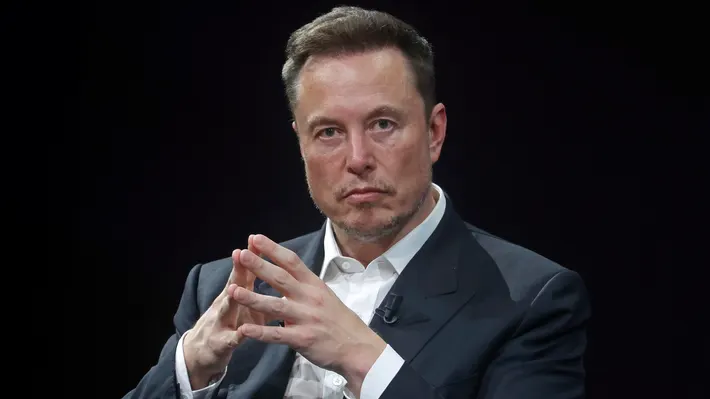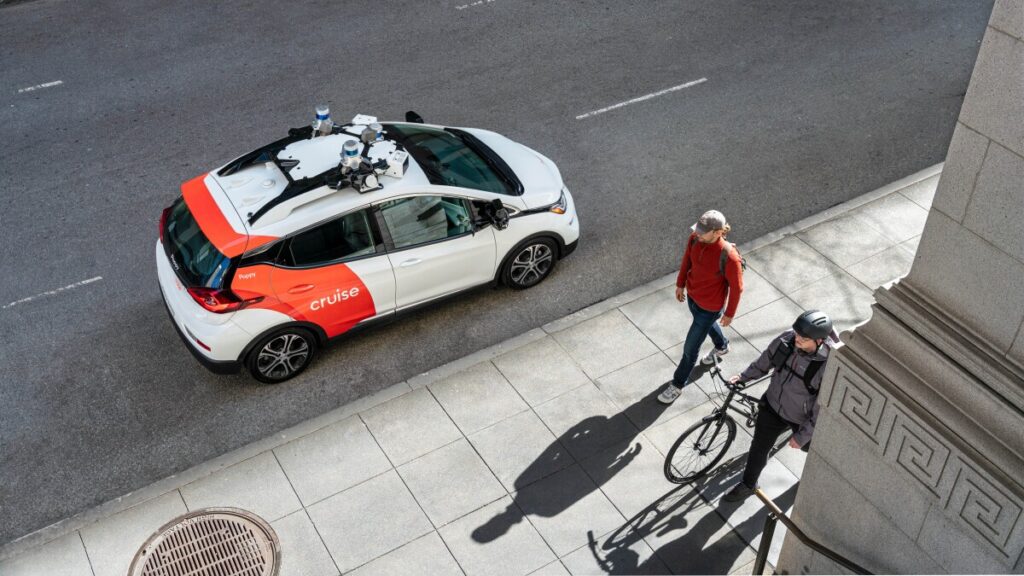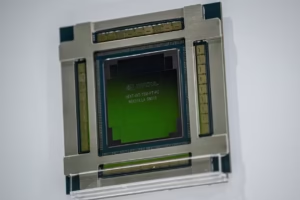Seven months after a driverless cab run by a subsidiary of General Motors hit and dragged a pedestrian 20 feet down a street in San Francisco, the robotaxi company quietly started running again in Phoenix in mid-May with only 12 vehicles.
That’s only a small part of Cruise’s 950-car fleet that it used last year to take people from San Francisco to Austin. The reboot takes place on Phoenix’s wide, flat, and mostly calm roads. The self-driving cars now have a person behind the wheel and another on board in case something goes wrong.
The relaunch of Cruise happens at a very important time for the U.S. robotaxi business. In August, Elon Musk will show off Tesla’s “purpose-built robotaxi.” Waymo, which is owned by Alphabet, is widening its service area in Northern California to include the suburbs of the Bay Area. Amazon also owns the new company Zoox, which just announced plans to test in Austin and Miami.

Barron’s talked to safety experts who weren’t sure that driverless technology has come a long way since the terrible accident last fall. Because of that accident, Cruise stopped all of its driverless operations across the country after California took away its licenses. Phil Koopman, an expert on the safety of autonomous vehicles from Carnegie Mellon University who spoke at a congressional meeting last summer, said, “There has been no quantum leap in technology.”
People in the area, labor groups, and leaders have also spoken out against it. A bill in the California state Senate by Democrat David Cortese is currently making its way through the state assembly. It would let cities set limits on the number of vehicles that can operate and the hours that they can operate, which would slow down the rollout.
Driverless taxi companies say their cars are just as safe, if not safer, than cars driven by people. But investigations announced by federal regulators in the past few weeks have raised worries that the self-driving systems at the heart of robotaxis are still not ready for prime time.
Looking forward to the robotaxi future
It may be hard to picture a time when most cars can drive themselves, but that’s what companies like Tesla and many people who follow the industry want to happen.
RBC Capital Markets expert Tom Narayan thinks that by 2040, Tesla alone could make $100 billion a year from robotaxis in the U.S., and the market as a whole could bring in $500 billion. Really, that’s a lot to ask since Tesla doesn’t even have a robotaxi on the road yet.
General Motors, the only U.S. business that makes its driverless car sales public, said that Cruise cost them almost $3.5 billion in 2023. Alphabet doesn’t talk about Waymo’s finances, but the company said in May that it now does 50,000 rides a week in Phoenix, Los Angeles, and San Francisco.
Getting regulatory permission is the hardest part of putting robotaxis into wide use. Musk has said that “conclusive data that the autonomous car is safer than a human-driven car” is what you need.
Never again?
Cruise says the horrible dragging event that got their California permits revoked will never happen again. Steve Kenner, Cruise’s new chief safety officer, told Barron’s in an interview, “We made changes to our software to make sure that if the same thing happened, we would stay stopped.” This is because both artificial intelligence has gotten smarter and engineers have written new programs to stop it.
Kenner also said, “We’re always getting better.” Our goal is to be a great example of a driver, not just a normal ride hail driver.
There are a lot of eyes on this. The National Highway Traffic Safety Administration began an investigation in May into more than 30 incidents involving Waymo vehicles. These incidents included moving into oncoming traffic on the wrong side of the road and hitting parked cars. A similar question has been sent to Amazon’s new company Zoox.
Not enough safety data
Both Cruise and Waymo say that their self-driving cars are safer than cars with people in them. Mistakes and bugs caught on video, on the other hand, show how flawed the technology is. For example, Missy Cummings, head of the Mason Autonomy and Robotics Center at George Mason University, says that the robots “cannot reason under uncertainty.”
In a letter sent to Waymo on May 23, the NHTSA explained why it is expanding its review. “Several of the incidents involved collisions with clearly visible objects that a competent driver would be expected to avoid.”
Robotaxi companies have done research that shows the problems with the data we already have. Specifically, there isn’t enough of it to reach what Waymo calls “full statistical credibility.”
Kuoopman from Carnegie Mellon says the issue is that self-driving cars haven’t gone enough miles to gather enough information to show how many serious accidents and deaths will happen. “In the U.S., one person might die while driving every 100 million miles.” Companies with only a small part of those miles—7.1 million in the most recent Waymo study—have no idea how many deaths will happen.
That’s not the only issue. A study from 2023 that said Waymo robotaxis had “zero bodily-injury claims over 3.8 million miles” only looked at accidents where someone else was at blame and both an insurance claim and a payment were made.
In the past year, Waymo has made progress on “a very long tail of scenarios that we still need to work on,” said Chris Ludwick, head of product management at the company. In order to let first responders know that the car is going to back up and leave an accident scene, for example, its cars now play audio clips at those scenes.
The (rough) road ahead
Waymo says that driving on freeways is the next big thing. It has permission to try them, but the top speed is only 65 mph right now. Also, things are getting bigger in Austin, Texas, where rides will be available to the public later this year.
Cruise, on the other hand, started testing again with human drivers in Dallas at the beginning of June. Kenner said that the company wants to offer rides again “at the end of this year,” but they are not in a hurry. He said that the reboot “will be gated by safety and making sure that we complete all the safety deliverables.”
Tesla is the most dangerous wild card. Even though Musk hasn’t said much about the robotaxi’s release later this summer, he’s betting the company on its ability to drive itself. “I think people who don’t think Tesla will solve autonomy should not be investors in the company,” he told investors on a call in April.
At the same time, the fight against robotaxis doesn’t look like it will stop. David Canepa, a county supervisor in San Mateo, California, told Barron’s, “We just can’t let tech run wild.” Canepa supports stricter rules for driverless cabs. “When self-driving cars are used, I’m afraid of the wild west.”
Those who think driverless cars are going too quickly will likely be at odds with those who don’t for a long time.





